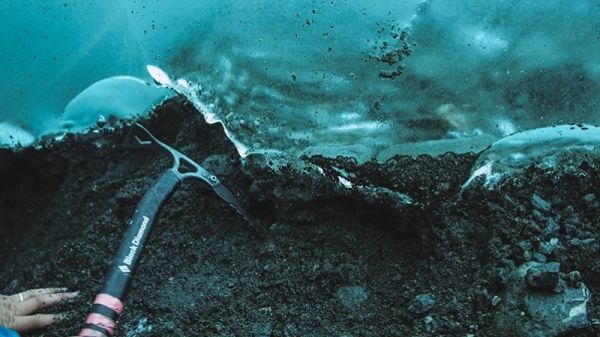Their new theory, introduced in a paper on bed strength in the journal Nature Communications, inserts a heavy dose of physics into a long-used methodology and accounts for what the team calls the dirty, dark undersides of glaciers.
Such information, which has been difficult to assess, is vital for building accurate projections of sea level changes amid rising global temperatures, said Alan Rempel, a professor in the Department of Earth Sciences and the paper’s senior author.
The research, led by postdoctoral researcher Colin Meyer, gets at how the amount of sediment frozen to a glacier’s base varies with underlying water pressure, melting rate and particle size. All that influences changes in friction, or resistance to sliding.
“This is a longstanding problem,” Meyer said. “If we want to forecast what glaciers are going to do in the future, we have to talk about the place that we can’t see: the interface between the ice and the bed.”
Continue reading at University of Oregon
Image via University of Oregon


